A common question is whether it’s safe to use a 40 W halogen bulb in a 3-way socket because 3-way sockets are designed to take bulbs that can be turned to different levels of brightness.
People ask this because halogen bulbs can get hotter than other types of bulbs, and if you put them in a socket that’s not made for them, you might have a problem. We’ll talk about whether it’s okay to use a 40 W halogen bulb in a 3-way socket and what you need to think about.
Yes, you can use a 40 W halogen bulb in a 3-way socket, but it will just work like a regular bulb at one level of brightness.
Knowing how 3-way light sockets work and what can happen if you put a halogen bulb in one will help you be safe and have good lighting.
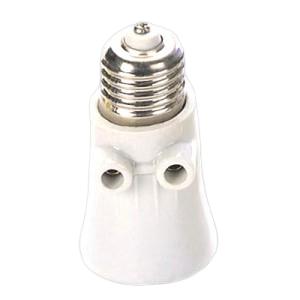
Why the Bulb Type Matters for 3-Way Sockets
3-way sockets are designed to work with special 3-way light bulbs. These bulbs have two filaments, allowing the socket to offer three different light settings: low, medium, and high brightness. For example, a typical 3-way bulb might provide 30 W on the low setting, 70 W on the medium setting, and 100 W on the high setting.
However, when you use a regular bulb, such as a 40 W halogen bulb, in a 3-way socket, the light socket cannot adjust the brightness. Instead, it functions like a standard socket, meaning the bulb will operate at one fixed brightness level, depending on the wattage of the bulb.
A 40 W halogen bulb will not produce varying levels of brightness in a 3-way socket. Instead, it will light up at its standard brightness whenever the lamp is turned on, regardless of which setting you select on the switch. This means you lose the benefit of the 3-way socket’s adjustable brightness feature, which is a key point to consider when deciding whether to use a halogen bulb in this type of socket.
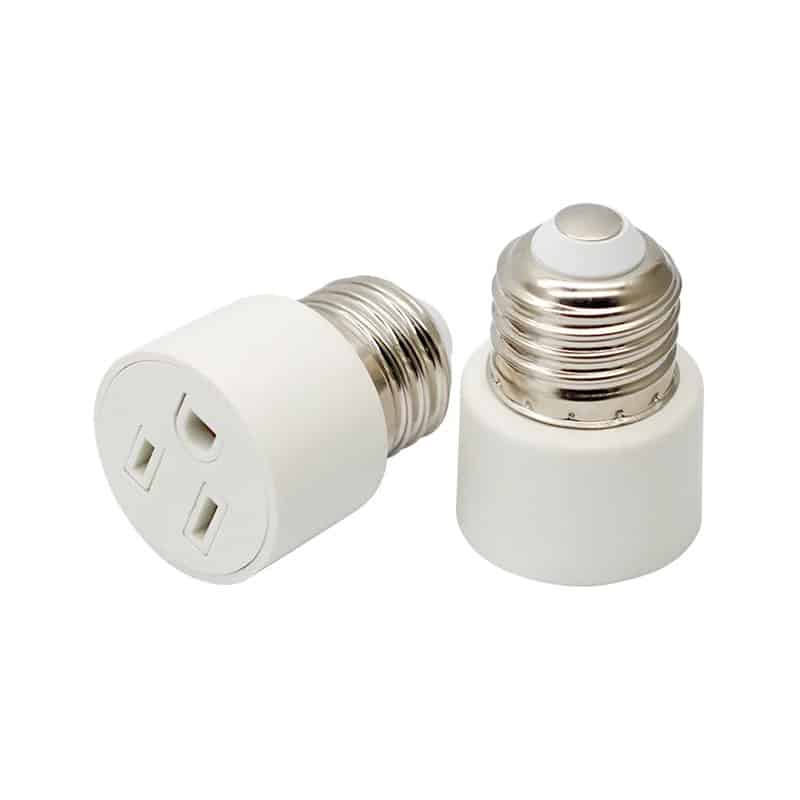
How 3-Way Sockets Work
To understand why a 40 W halogen bulb won’t take full advantage of a 3-way socket, let’s briefly explore how these sockets are designed.
Basic Functionality of a 3-Way Socket
A 3-way socket works by controlling two separate filaments inside a 3-way bulb. When you turn the switch to different positions, the socket can power one filament, the other, or both simultaneously, providing three different levels of brightness.
For example:
- Low setting: Powers one filament (e.g., 30 W).
- Medium setting: Powers the second filament (e.g., 70 W).
- High setting: Powers both filaments at once (e.g., 100 W).
Using a Regular Bulb in a 3-Way Socket
When you use a regular bulb like a 40 W halogen bulb in a 3-way socket, the socket can no longer control multiple brightness levels. A regular bulb has only one filament, so the 3-way function is bypassed, and the socket will act as if it is powering the bulb in its highest setting. In this case, your 40 W halogen bulb will light up at its full 40 W brightness every time the lamp is turned on, regardless of the switch position.
This does not pose a safety hazard in most cases, but you won’t benefit from the 3-way socket’s adjustable lighting levels.
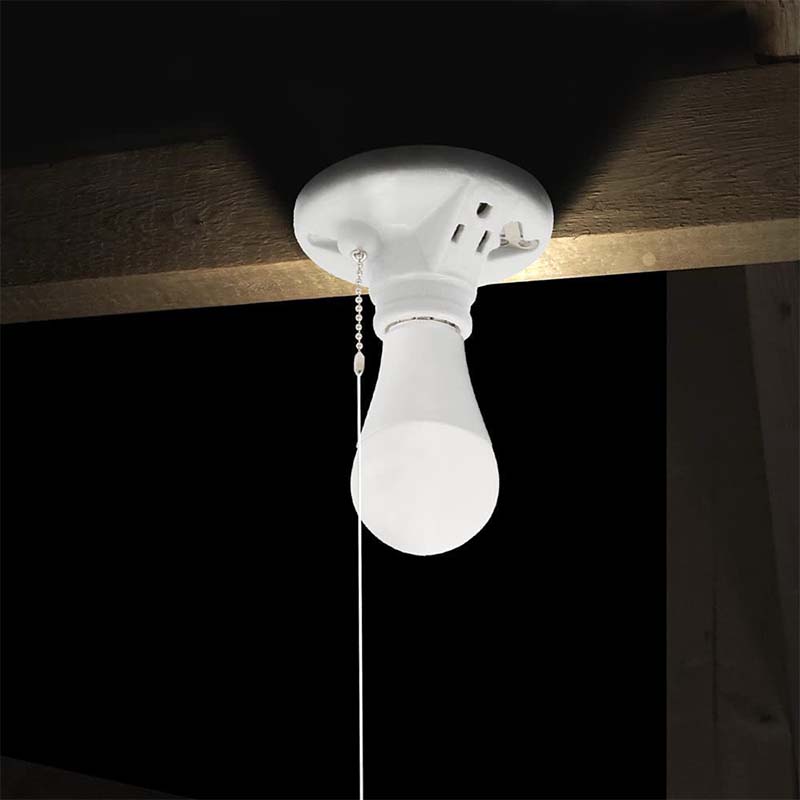
Potential Safety Concerns
While using a 40 W halogen bulb in a 3-way socket is generally safe, there are a few safety concerns to be aware of. The main considerations include wattage compatibility and heat output, both of which can impact the safety and longevity of your lamp or fixture.
Wattage Compatibility
The most important safety factor when using any bulb in a socket is to ensure that the wattage of the bulb does not exceed the socket’s maximum wattage rating. Exceeding this limit can lead to overheating, which may cause electrical fires or damage to the fixture.
In the case of a 40 W halogen bulb, you are unlikely to run into wattage compatibility issues, as most 3-way sockets are rated to handle much higher wattages (commonly up to 100 W or more). However, it is still essential to verify the wattage rating of your socket or fixture, which should be labeled on the lamp itself. As long as the socket’s maximum wattage exceeds 40 W, using a 40 W halogen bulb is safe from a wattage perspective.
Heat Output
Another consideration when using halogen bulbs is their heat output. Halogen bulbs tend to run hotter than other types of bulbs, such as LEDs or compact fluorescents (CFLs). This means that if the fixture or lamp is not designed to handle the extra heat generated by a halogen bulb, it could pose a risk of overheating.
Fortunately, at only 40 W, the heat output of a halogen bulb is relatively low, making it unlikely to cause significant overheating problems in most fixtures. However, it’s a good idea to check whether your lamp is equipped to handle halogen bulbs, especially if you plan to leave the lamp on for extended periods.
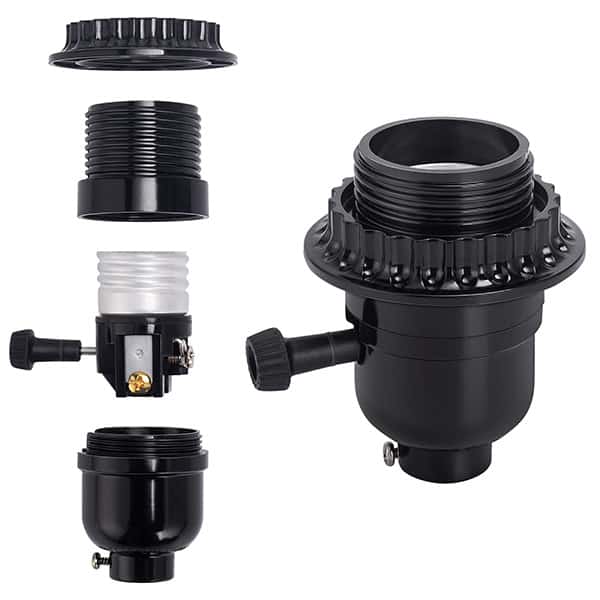
Effects on Bulb Performance
When you use a 40 W halogen bulb in a 3-way socket, the most noticeable effect is the loss of the 3-way functionality. Here’s what happens:
Single Brightness Setting
As mentioned earlier, the halogen bulb will only operate at a single brightness setting, regardless of which position you set the switch to. In this case, the bulb will simply light up at its 40 W brightness level. If you prefer adjustable lighting for different situations—such as dim light for ambiance or bright light for reading—a 40 W halogen bulb won’t provide that flexibility.
Loss of 3-Way Functionality
A 3-way socket is designed to provide different light levels, but this feature is completely bypassed when using a single-wattage bulb like the 40 W halogen. If you frequently use the adjustable brightness settings of a 3-way socket, you may find the lack of dimming options inconvenient.
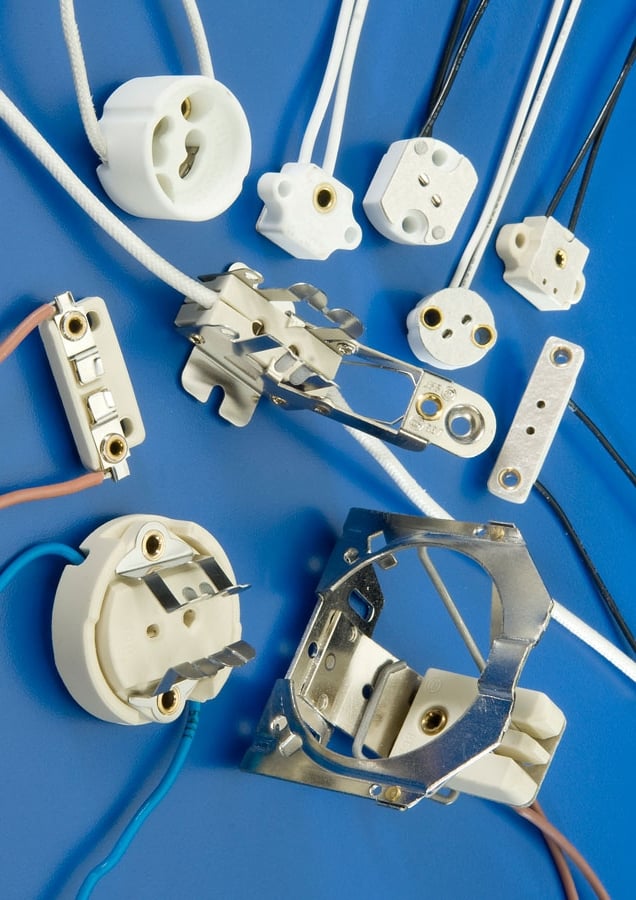
Advantages and Disadvantages of Using a 40 W Halogen Bulb
If you still choose to use a 40 W halogen bulb in a 3-way socket, there are both advantages and disadvantages to consider.
Advantages
- Bright, Crisp Light: Halogen bulbs are known for producing a bright and crisp light, making them ideal for tasks that require focused illumination, such as reading or working.
- Longer Lifespan: Compared to traditional incandescent bulbs, halogen bulbs tend to have a longer lifespan, meaning you’ll have to replace them less frequently.
- Energy Efficiency: Although not as efficient as LED bulbs, halogen bulbs are still more energy-efficient than incandescent bulbs of the same wattage, making them a reasonable choice for basic lighting needs.
Disadvantages
- Loss of Dimming Feature: The primary disadvantage of using a 40 W halogen bulb in a 3-way socket is that you lose the ability to adjust the light levels, which can be frustrating if you frequently switch between different brightness settings.
- Heat Generation: Halogen bulbs generate more heat than LED or CFL bulbs, which could be problematic in enclosed fixtures or in lamps that are not designed to dissipate heat effectively.
Alternatives for 3-Way Sockets
If you want to maintain the adjustable lighting functionality of your 3-way socket, there are better alternatives than using a single-wattage bulb.
3-Way Bulbs
To fully utilize the capabilities of a 3-way socket, it’s best to use a compatible 3-way bulb. These bulbs are specifically designed with two filaments to allow the socket to offer multiple brightness settings. Common 3-way bulbs include configurations such as 50 W / 100 W / 150 W, providing flexibility in lighting depending on your needs.
LED 3-Way Bulbs
For those looking for a more energy-efficient solution, LED 3-way bulbs are now widely available. These bulbs offer the same adjustable brightness as traditional 3-way bulbs but use a fraction of the energy and produce far less heat. LED 3-way bulbs are also longer-lasting, making them an excellent choice for both energy savings and longevity.
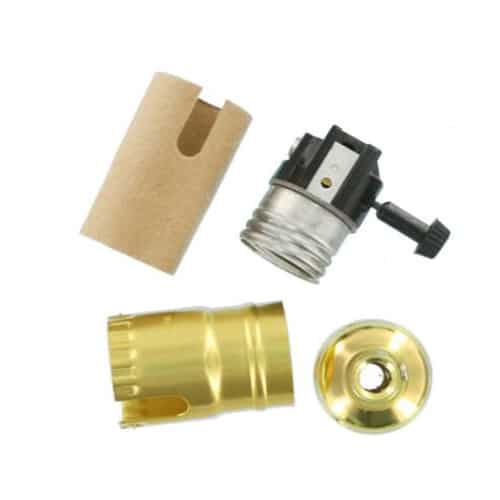
Final Words
Using a 40 W halogen bulb in a 3-way socket is safe as long as you don’t go over the maximum wattage for the socket. However, you won’t be able to use the 3-way feature because the bulb will only work at one level of brightness.
Halogen bulbs are bright and clear, and they are more efficient than incandescents, but they may not be the best choice if you want to use the 3-way feature. If you want to be able to use your 3-way socket, consider using a 3-way bulb or a 3-way LED bulb for better energy efficiency and more options.













